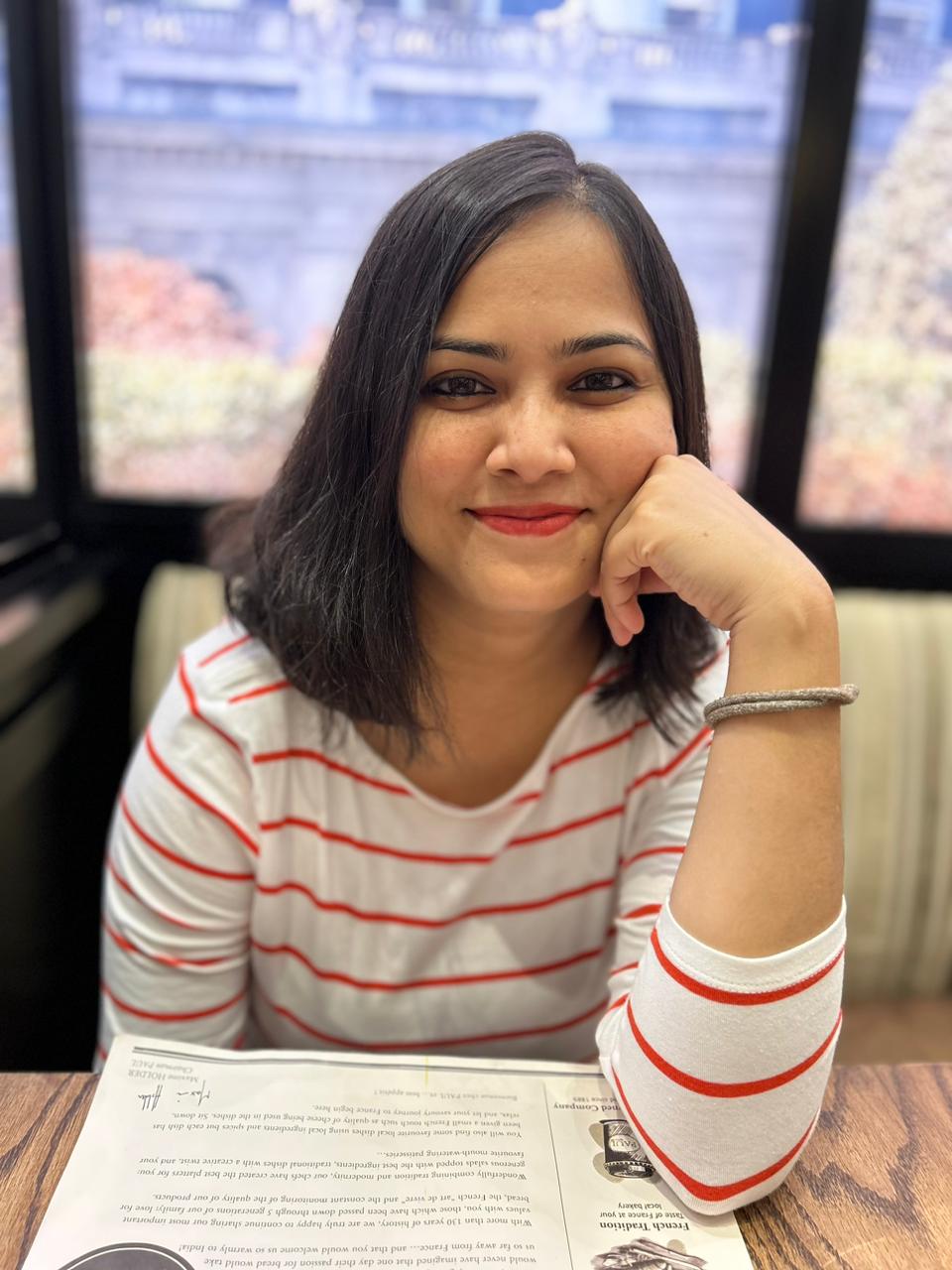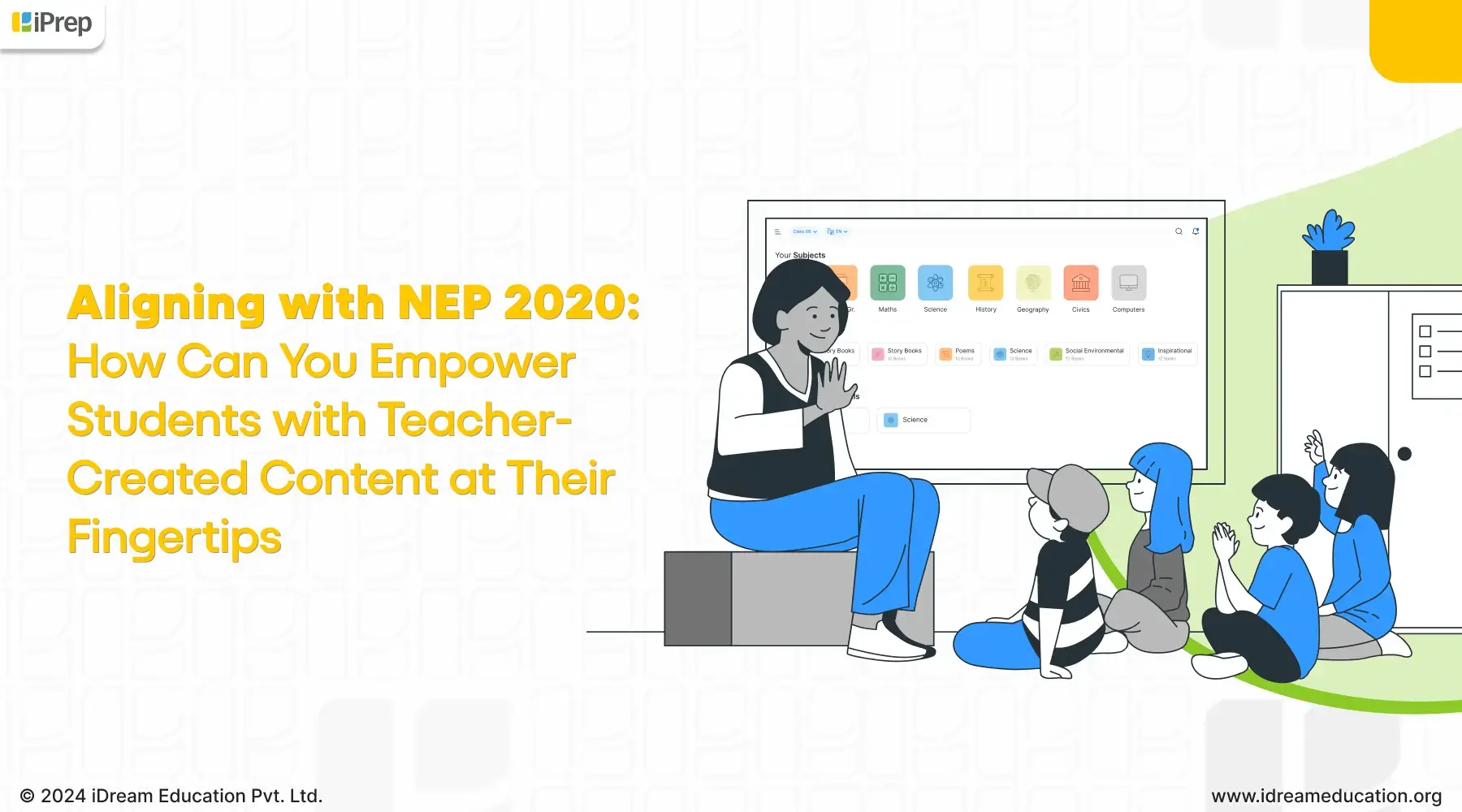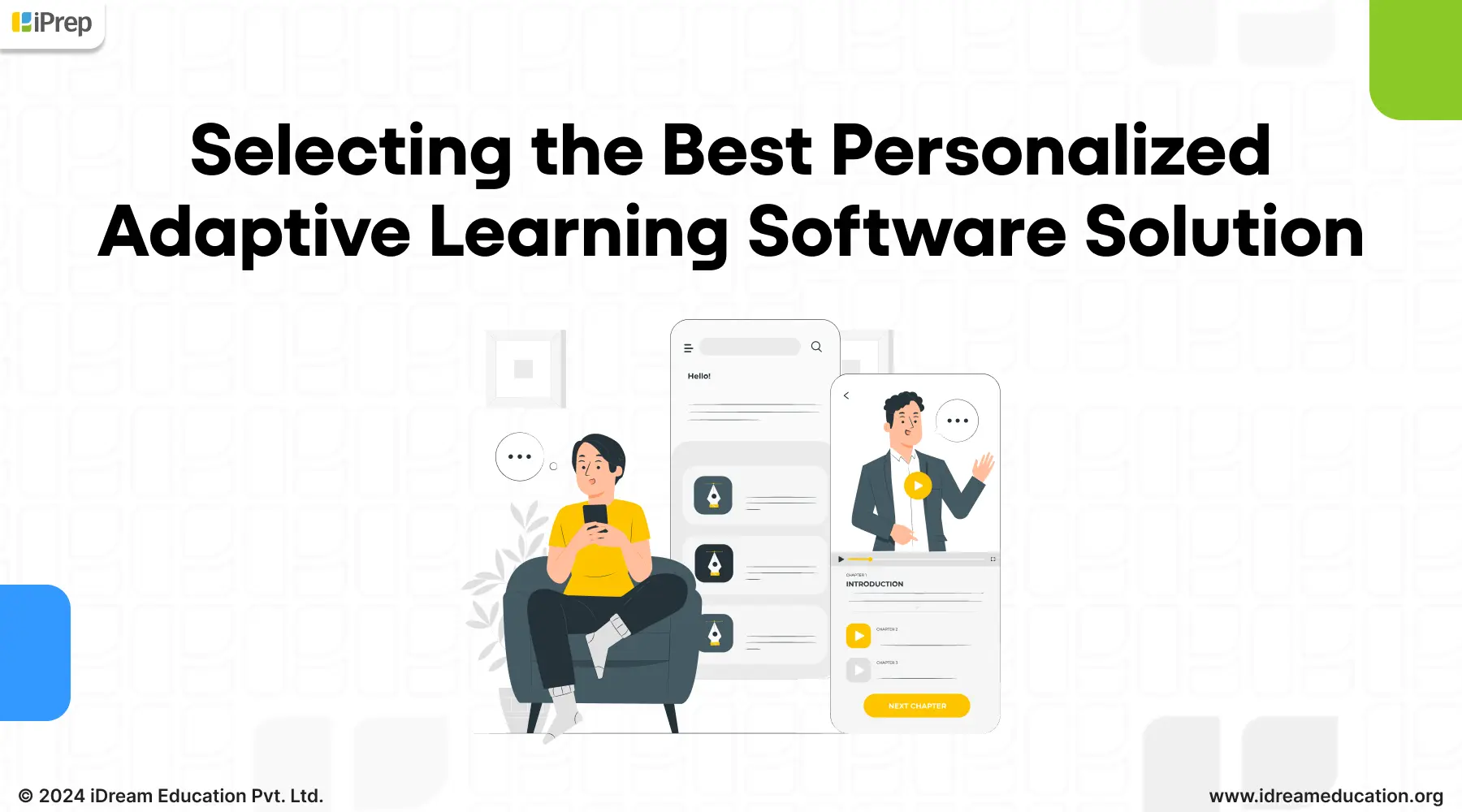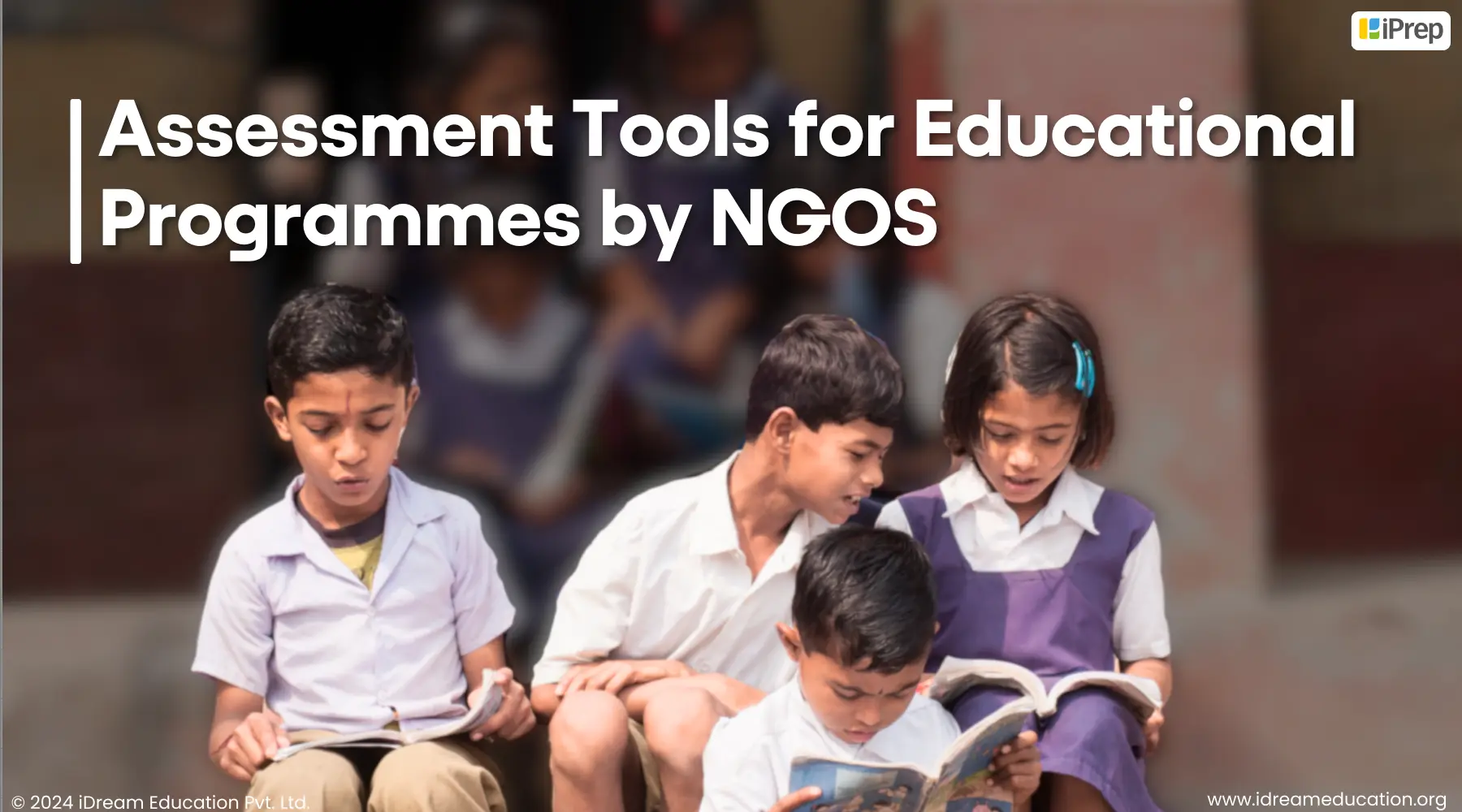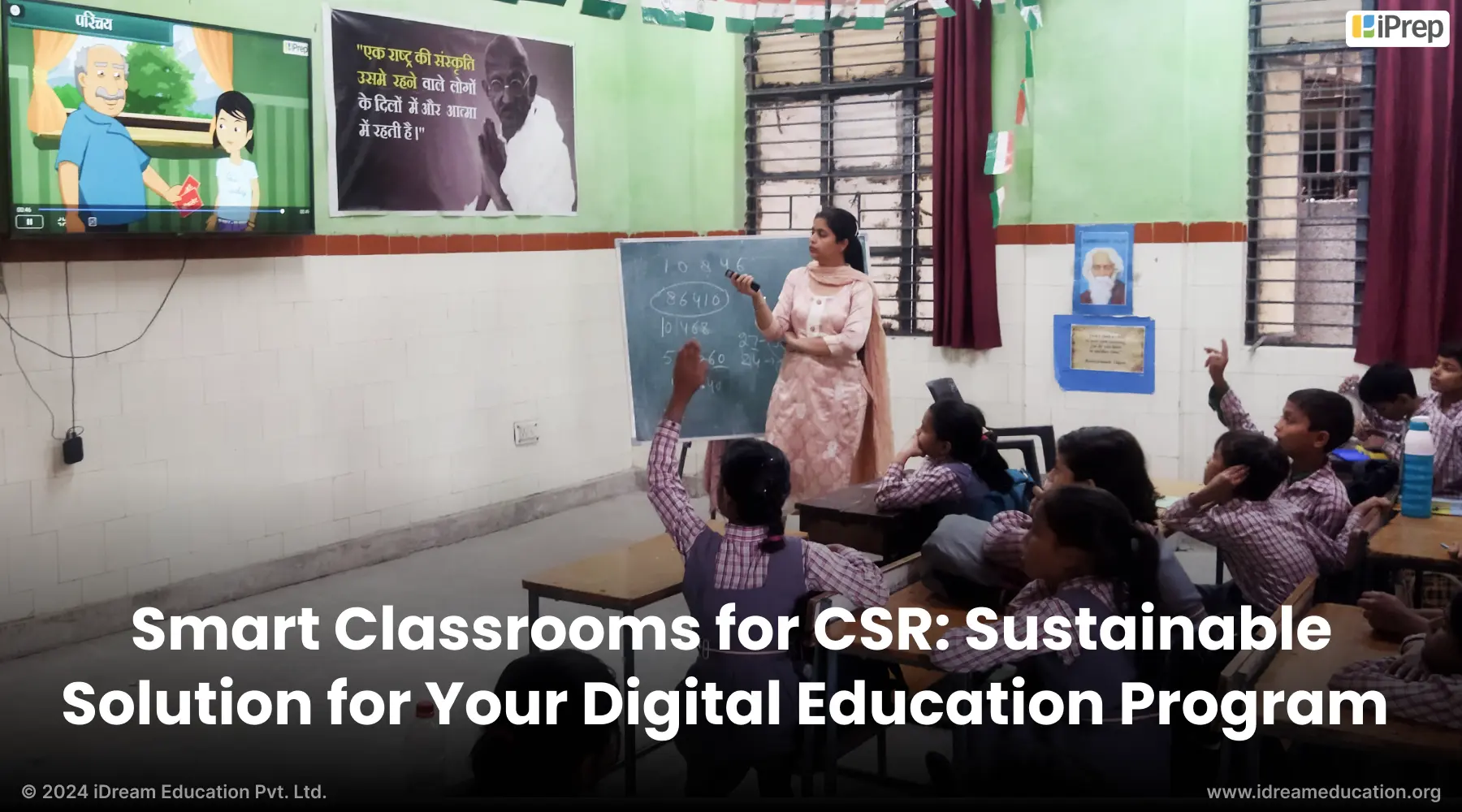Bridging Learning Gaps in Government School Students
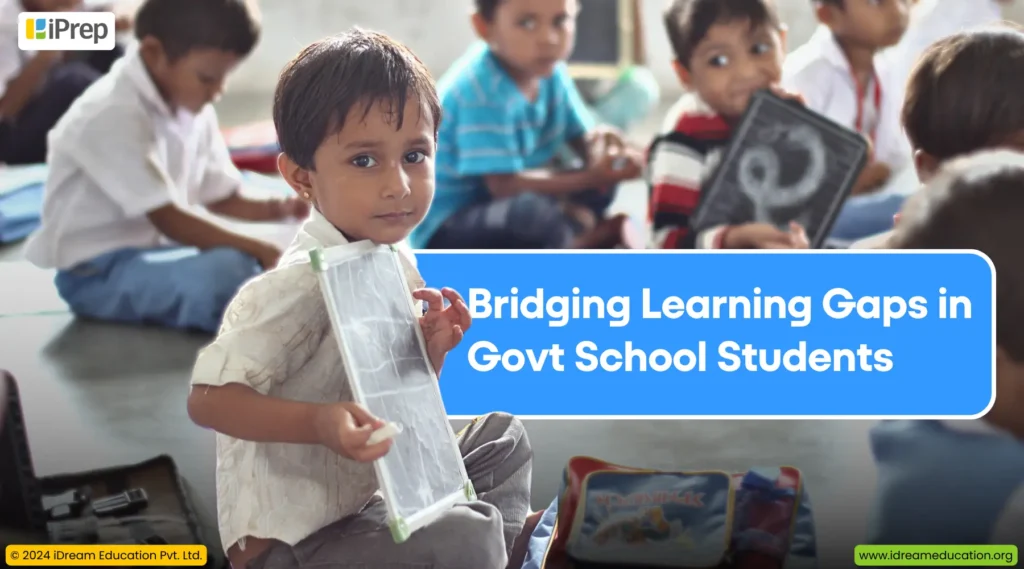
In education, learning gaps present formidable challenges not only to individual progress but also to the overarching educational system. Particularly in government schools across India, where resources may be scarce and student demographics diverse, the imperative to address these learning gaps is undeniable. This blog delves into the notion of educational gaps, their ramifications, and the pressing need for effective interventions to bridge learning gaps in government school students. Furthermore, it sheds light on the role of personalized adaptive learning solutions, government initiatives, and the invaluable contributions of NGOs in addressing educational inequities and fostering inclusive development. Through concerted efforts and targeted interventions, we can chart a course towards bridging learning gaps in government school students effectively.
What is an educational gap?
An educational gap refers to disparities in access to quality education and learning outcomes among different groups or individuals. These gaps can manifest in various forms, such as unequal access to educational resources, facilities, and opportunities. Educational gaps can arise from differences in learning outcomes, where some students may lag behind their peers in academic achievement. Addressing educational gaps requires targeted interventions to ensure equitable access to education.
What are learning gaps in education?
Learning gaps in school education refer to disparities in students’ understanding and mastery of academic concepts and skills. These gaps can occur due to various factors such as differences in prior knowledge, instructional quality, individual learning styles, and socio-economic backgrounds. Learning gaps may lead to students falling behind their peers in academic performance or struggling to meet grade-level expectations. Identifying and addressing these gaps is essential for ensuring all students reach their full potential. Interventions such as targeted remediation and personalized instruction can help in bridging learning gaps in government school students.
Why the pressing need for bridging learning gaps in government school students?
Learning gaps pose a significant concern in government schools in India due to their implications for educational equity and student outcomes. In government schools in India, where resources may be limited and student populations diverse, addressing learning gaps is crucial for ensuring that all children have access to quality education and opportunities for success. Failure to narrow these gaps can exacerbate educational inequities, undermine educational attainment, and perpetuate socio-economic disparities.
What can be done for bridging learning gaps in government school students?
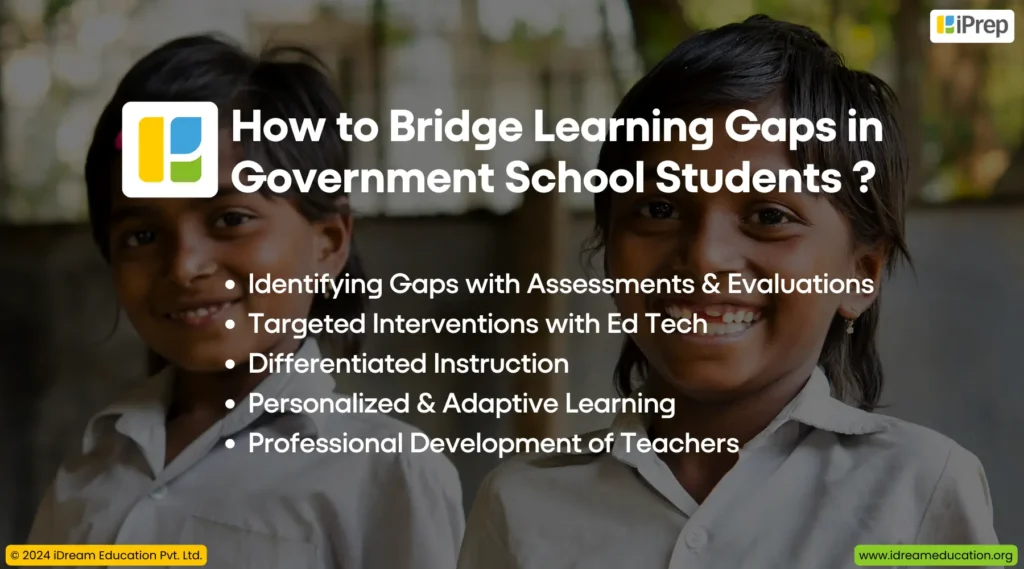
Addressing learning gaps among disengaged students requires targeted interventions and support systems tailored to their specific needs. Firstly, identifying the root causes of disengagement through comprehensive assessments is crucial. Once identified, implementing personalized learning strategies can help re-engage students by accommodating their learning styles and pace. Additionally, offering supplemental programs, remedial classes, and academic counselling can provide additional support and encouragement. Collaborating with families to create a supportive learning environment is also essential for bridging learning gaps in government school students.
Can Personalized Adaptive Learning help in bridging learning gaps in government schools in India?
Personalized adaptive learning holds significant promise in bridging learning gaps in government schools in India. By tailoring instruction to each student’s individual needs, it addresses the diverse learning levels and styles present in classrooms. Through adaptive algorithms and real-time feedback, it identifies areas of weakness and provides targeted interventions to strengthen skills. Moreover, personalized adaptive learning platforms can supplement traditional teaching methods, offering additional practice and reinforcement. By promoting active engagement and addressing specific learning needs, personalized adaptive learning has the potential to enhance learning outcomes.
What are some govt initiatives so far to revive education and tackle educational gaps in India?
Several government initiatives have been launched for revitalizing education and bridging learning gaps in government school students. The Samagra Shiksha Abhiyan, aims to enhance the quality of education from pre-school to higher secondary levels. The National Education Policy 2020 emphasizes equitable access to quality education and proposes measures to bridge learning gaps. The PM eVIDYA initiative integrates various digital education efforts, offering multiple avenues for learning access. It includes the DIKSHA portal and mobile app, serving as a repository for numerous eBooks and e-contents.
The Ministry of Education launched the “National Initiative for Proficiency in Reading with Understanding and Numeracy (NIPUN Bharat)” on July 5, 2021, under Samagra Shiksha. This initiative aims to ensure foundational literacy and numeracy for every child by grade 3. SWAYAM, now upgraded to SWAYAM Plus aims to ensure equity, and quality in education by delivering top-tier learning resources to students.
How NGOs are working to address gaps in school education in India?
NGOs play a pivotal role in addressing gaps in school education in India through various initiatives. They often focus on providing supplemental education and support to marginalized communities. This may include access to quality resources, teacher training, and infrastructure improvement. NGOs also implement innovative teaching methodologies, digital learning platforms, and remedial education programs to cater to diverse learning needs. Additionally, they collaborate with government agencies, corporate partners, and local communities to maximize their impact and reach. By working closely with stakeholders and leveraging their expertise, NGOs contribute significantly to narrowing educational disparities.
Some NGOs and Education programmes that are working to bridge educational gaps in India
Pratham Education Foundation
Pratham focuses on enhancing the fundamental literacy and numeracy skills of children through innovative and cost-effective program models. They run initiatives like the Annual Status of Education Report (ASER), Read India campaign to ensure that educational gaps are identified and addressed.
Smile Foundation
Smile Foundation’s flagship program, Mission Education (ME), provides essential education and healthcare services to underprivileged children. Additionally, they offer the Smile Twin e-Learning Programme (STeP), which focuses on empowering disadvantaged youth with essential skills for employment.
Muskaan Dreams
Muskaan Dreams works hand in hand with government and corporate allies to reduce the digital gap in India’s education sector. Through the implementation of technology and digital resources, they aid public school educators and pupils in embracing technology, enhancing the educational experience for marginalized students, and equipping them for the digital age of the 21st century.
SM Sehgal Foundation
SM Sehgal Foundation works towards improving the quality of life in rural communities, including education. Their initiatives focus on providing access to education, improving school infrastructure, and enhancing teacher training in rural areas. One of its key programs, “Transform Lives one school at a time,” aims to enhance the educational environment for rural schoolchildren by providing access to clean drinking water, improved sanitation facilities, and digital and life skills training.
Bharti Foundation
Established in 2000, Bharti Foundation, the philanthropic arm of Bharti Enterprises, aims to empower underprivileged children and youth in India. The foundation endeavors to enhance the accessibility and quality of education in rural India. Notably, the Satya Bharti School Program, launched in Punjab, establishes Greenfield Schools managed and operated by Bharti Foundation on land provided by Panchayats or community members.
These are just a few examples of the many impactful initiatives led by NGOs in India to bridge educational and access gaps in the country.
An Instance of Innovative Personalized Adaptive Learning Solution in Indian Schools
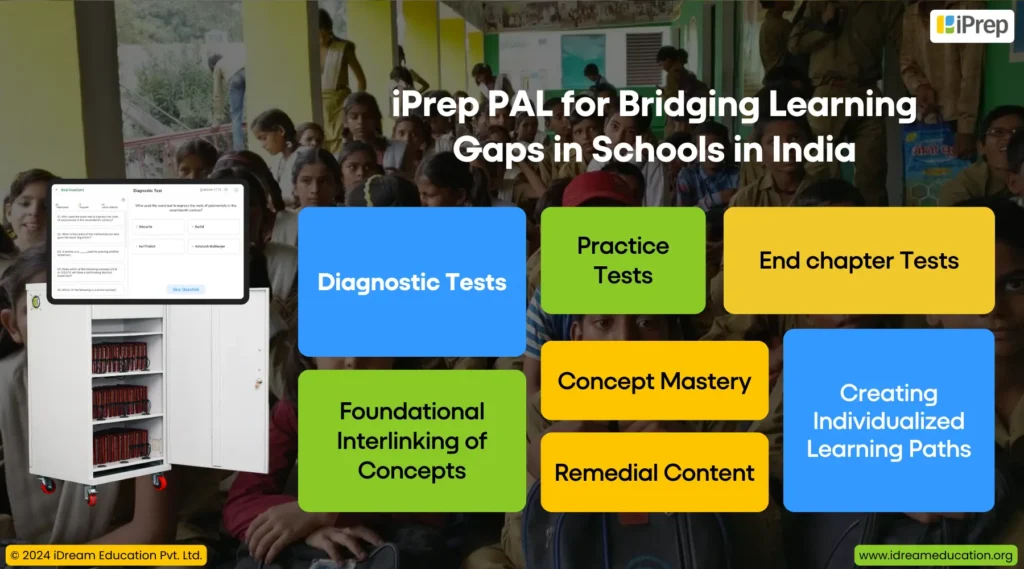
iDream Education has partnered with a leading NGO in India to implement PAL labs in schools in the districts of Ludhiana and Khanna. A PAL lab integrates Personalized Adaptive Learning with Smart ICT Labs, combining hardware devices like tablets or notebooks with adaptive learning platforms. These labs analyze students’ current learning levels, strengths, and weaknesses, tailoring personalized learning paths accordingly. By setting personalized goals and addressing individual learning gaps, students progress towards grade-level proficiency at their own pace. Our personalized adaptive learning solution, iPrep PAL, conducts diagnostic tests for each chapter to assess learners’ current proficiency levels. Using the test results, it tailors personalized learning paths and sets individualized goals for students. By following these paths and striving to meet their goals, learners can address any existing learning gaps and gradually attain grade-level proficiency by mastering each chapter.
Apart from this, we have already successfully implemented iPrep PAL for more than 2.5 lakh students in Haryana. The learning outcomes from this initiative has been remarkable- students who attempted both diagnostic and the final test in the subjects of economics, business studies, and geography showed an academic lift of 44%.
Conclusion
In conclusion, the journey to bridge learning gaps in government school students is an ongoing endeavor that requires collaborative efforts from various stakeholders. By acknowledging the existence and implications of educational disparities, we take the first step towards meaningful change. Through personalized adaptive learning solutions like iPrep PAL, government initiatives, and the tireless work of NGOs, we have the tools and resources to address these gaps effectively.

